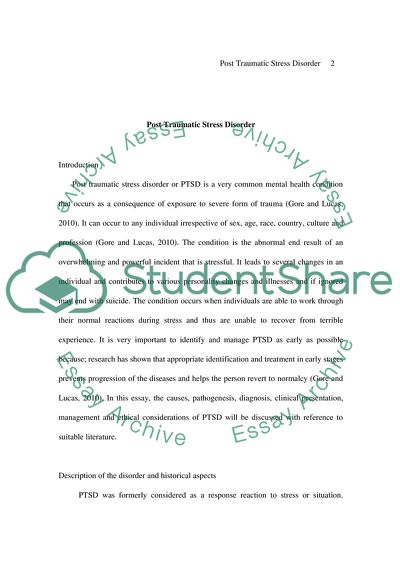Cite this document
(Analysis of Post Traumatic Stress Disorder Research Paper - 1, n.d.)
Analysis of Post Traumatic Stress Disorder Research Paper - 1. Retrieved from https://studentshare.org/psychology/1746204-post-traumatic-stress-disorder-ptsd
Analysis of Post Traumatic Stress Disorder Research Paper - 1. Retrieved from https://studentshare.org/psychology/1746204-post-traumatic-stress-disorder-ptsd
(Analysis of Post Traumatic Stress Disorder Research Paper - 1)
Analysis of Post Traumatic Stress Disorder Research Paper - 1. https://studentshare.org/psychology/1746204-post-traumatic-stress-disorder-ptsd.
Analysis of Post Traumatic Stress Disorder Research Paper - 1. https://studentshare.org/psychology/1746204-post-traumatic-stress-disorder-ptsd.
“Analysis of Post Traumatic Stress Disorder Research Paper - 1”, n.d. https://studentshare.org/psychology/1746204-post-traumatic-stress-disorder-ptsd.


